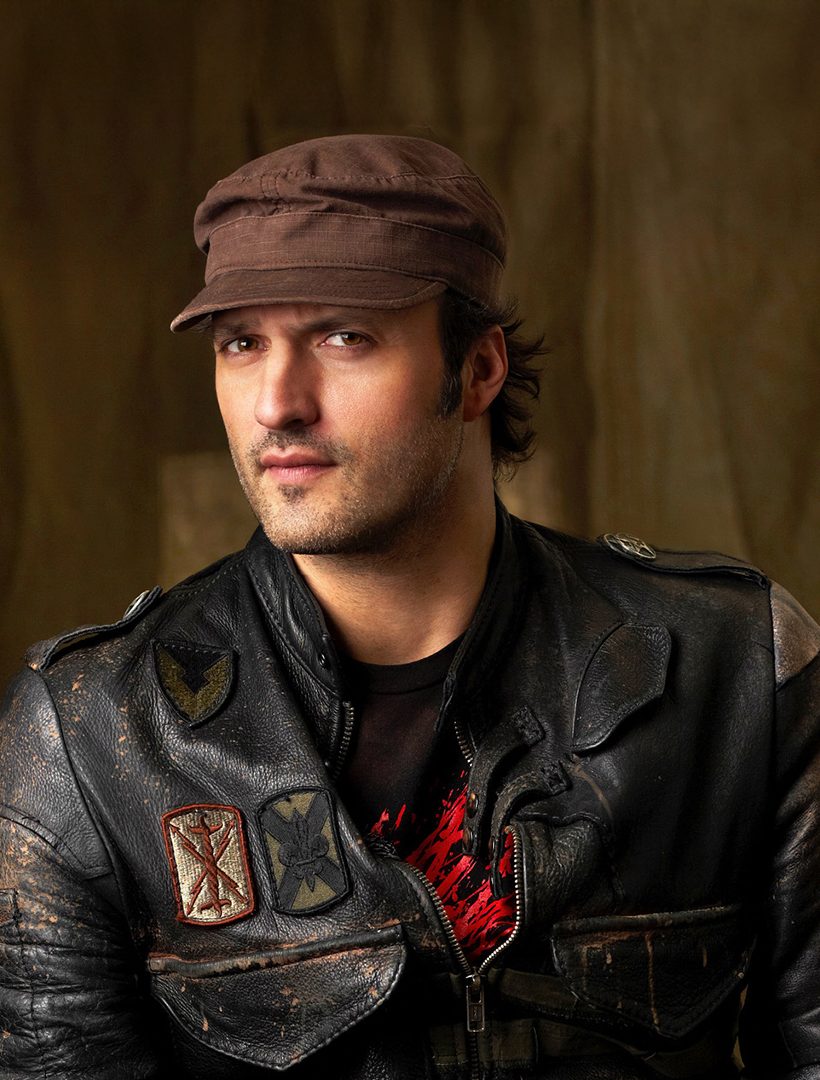Bill Reid didn’t just reclaim his heritage—he reimagined it for a modern world. Born in 1920 in Victoria, B.C., to a Haida mother and a European-descended father, Reid spent much of his early life distanced from his Indigenous roots. His mother, Sophie Gladstone, had been removed from her community under Indian Act policies, and the family struggled with identity across generations.
It was only in his twenties, working as a CBC broadcaster in Toronto, that Reid first glimpsed the breadth of Haida art and asked himself who he might become. He studied jewelry making in Toronto, then traveled to London to hone his craft. But always, the question pulled him back to Haida Gwaii—and to the legacy of his maternal ancestors, including the famed carver Charles Edenshaw (Reid’s great-uncle in lineage) whose forms and stories would echo through Reid’s work.
Reid’s life was a bridge: between generations, between ancestral form and new techniques, between art and activism. He created jewellery, copper and silver pieces, prints, massive sculptures in wood and bronze. Over fifty years, he produced well over 1,000 original works and wrote essays defending Indigenous culture and insisting on the dignity of “well-made objects.”








